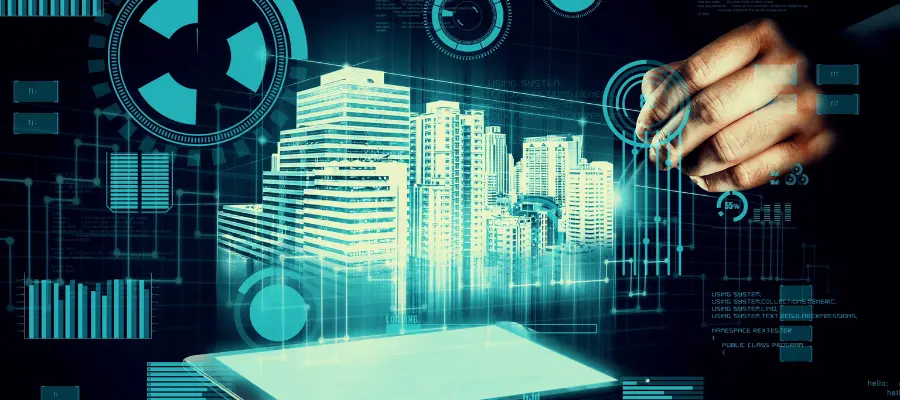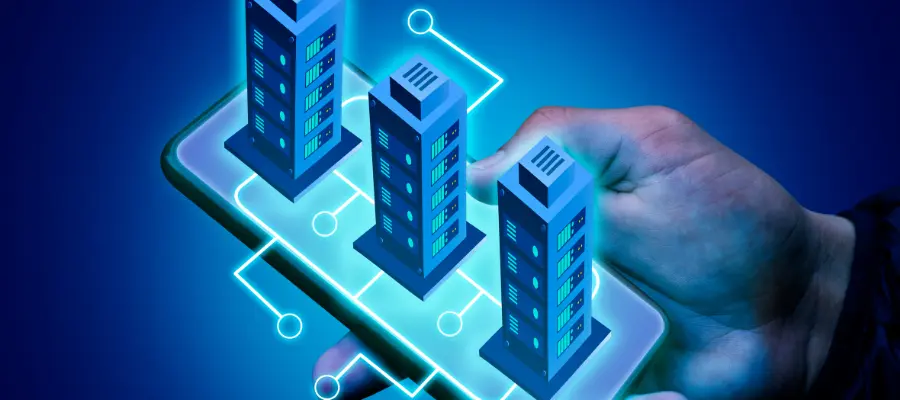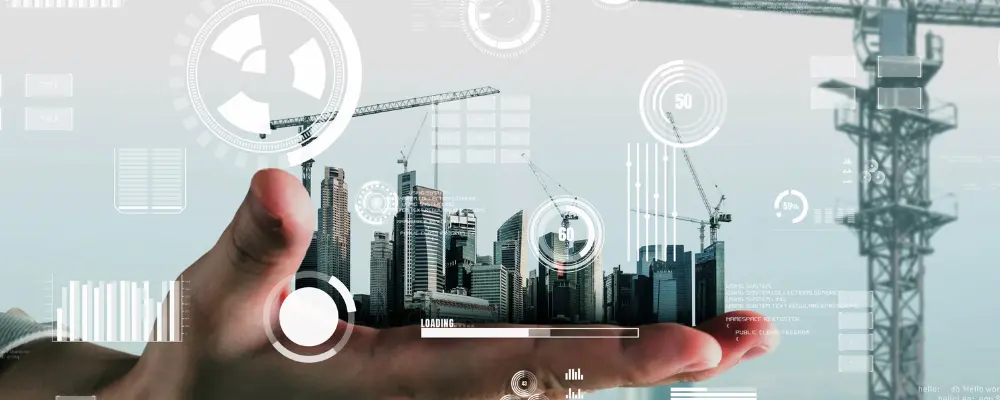Although the construction industry has long been known for its conventional methods, modern technologies are coming into play. Digital twins are emerging and becoming game changers that transform how we design, build, and manage structures. But what exactly are digital twins, and how can they benefit your construction project?
In this blog, Brick & Bolt discusses digital twin technology, what makes it special, and how it works in the construction industry.
What is Digital Twin Technology in Construction?
Digital twins are innovative technologies that revolutionise the way we understand and manage construction projects. They are digital representations of physical structures. These 3D models give real-time updates on the construction site, including construction progress, resource usage, and environmental conditions.
Will get real-time data about every update on the construction site.
What Makes a Digital Twin Special in Construction?

1. Virtual Representation:
A digital twin is a virtual model of physical structures. In construction, this means that before real construction initiates, builders can visualise a detailed digital model of the building or infrastructure project. This digital construction tool enables careful planning, visualisation, and simulation of different scenarios.
2. Real-Time Monitoring:
During construction, sensors and IoT devices can be integrated into the physical structure to compile data on diverse parameters. The parameters can be temperature, humidity, structural stress, and many more. This data is then fed back into the digital twin, allowing for real-time monitoring of the construction progress and the health of the structure.
3. Predictive Analytics:
By analyzing the data gathered from both the construction process and the operation of the completed structure, predictive analytics algorithms can be employed to anticipate feasible issues or failures before they occur. This proactive method can help to prevent costly delays, reduce risks, and enhance safety.
4. Optimisation and Iteration:
Digital twins enable iterative design and optimization. Builders can experiment with various design configurations, materials, and construction methods in the digital realm before implementing them in the physical world. This iterative process can lead to more efficient designs, better utilization of resources, and eventually, cost savings.
5. Lifecycle Management:
If a house has a digital twin technology, it is similar to a brainy shadow. This isn’t just a fancy 3D model; it’s a constantly updated blueprint that follows the house from dream to reality. This digital sidekick keeps everyone involved – architects, builders, and eventually you – on the same page. Think real-time instruction manuals, but with superpowers. The digital twin tracks plan, updates, and even predicts future maintenance needs. This constant communication streamlines the building process, avoiding costly mistakes. Your dream home goes from paper to reality, with every step optimized for a smooth handover and a happy life ever after.
How Do Digital Twins Work Technology In the Construction Industry?

1. Creating a Blueprint in 3D Model
It starts with generating a detailed 3D model of a project using software like BIM- Building Information Modelling. This 3D Model will be used as a blueprint, including information about the size, shape, materials, and even planned maintenance schedules for your building.
2. Placing the Sensors
Sensors are placed around the construction site and inside the building itself. These sensors collect real-time data on things like temperature, humidity, air quality, and energy use.
3. Data Management
After the data collection process is over, it is very important to manage the data. Bad data quality can lead to wrong studies and false insights. The data management platform is the backbone of the digital twin. It keeps all the data organized, flowing freely, and connected to the digital model, allowing informed decisions based on real-time data.
4. Making Sense of the Data
The sensors will generate a lot of data, but it’s not very useful in its raw form. To make sense of it all, we use powerful computer programs. These programs analyze the data, looking for patterns and trends. Some important habits are:
Data Validation:
Use automated tools and methods to make sure that data is correct, full, and consistent. It can also be helpful to set up real-time alerts for data oddities.
Data Cleaning:
Delete or fix any wrong, incomplete, or irrelevant data items that are found in the data on a regular basis. This makes the results of the Digital Twin more reliable.
This will help us identify possible problems before they become major issues.
5. Putting Insights to Work
Once the data is analysed, it’s turned into clear and easy-to-understand visuals. These visuals could be charts, graphs, or even 3D models. This allows everyone involved in the project, from the architects designing the building to the construction workers building it, to see what’s happening. With this clear information, they can make informed decisions that benefit the project.
Conclusion
Digital twin technology is revolutionising the future of construction technology, transforming how we design, build, and manage structures. These digital representations offer a powerful suite of benefits, from real-time monitoring and predictive analytics to optimised design and lifecycle management.
As digital twin technology matures, its capabilities will proceed to expand. If you’re looking to build smarter and more efficiently, contact Brick & Bolt in Bangalore today and discover how modern technology can transform your next project.
You can also read more about 3D Printing Technology in Construction: How Does it Work, Uses & Advantages.

